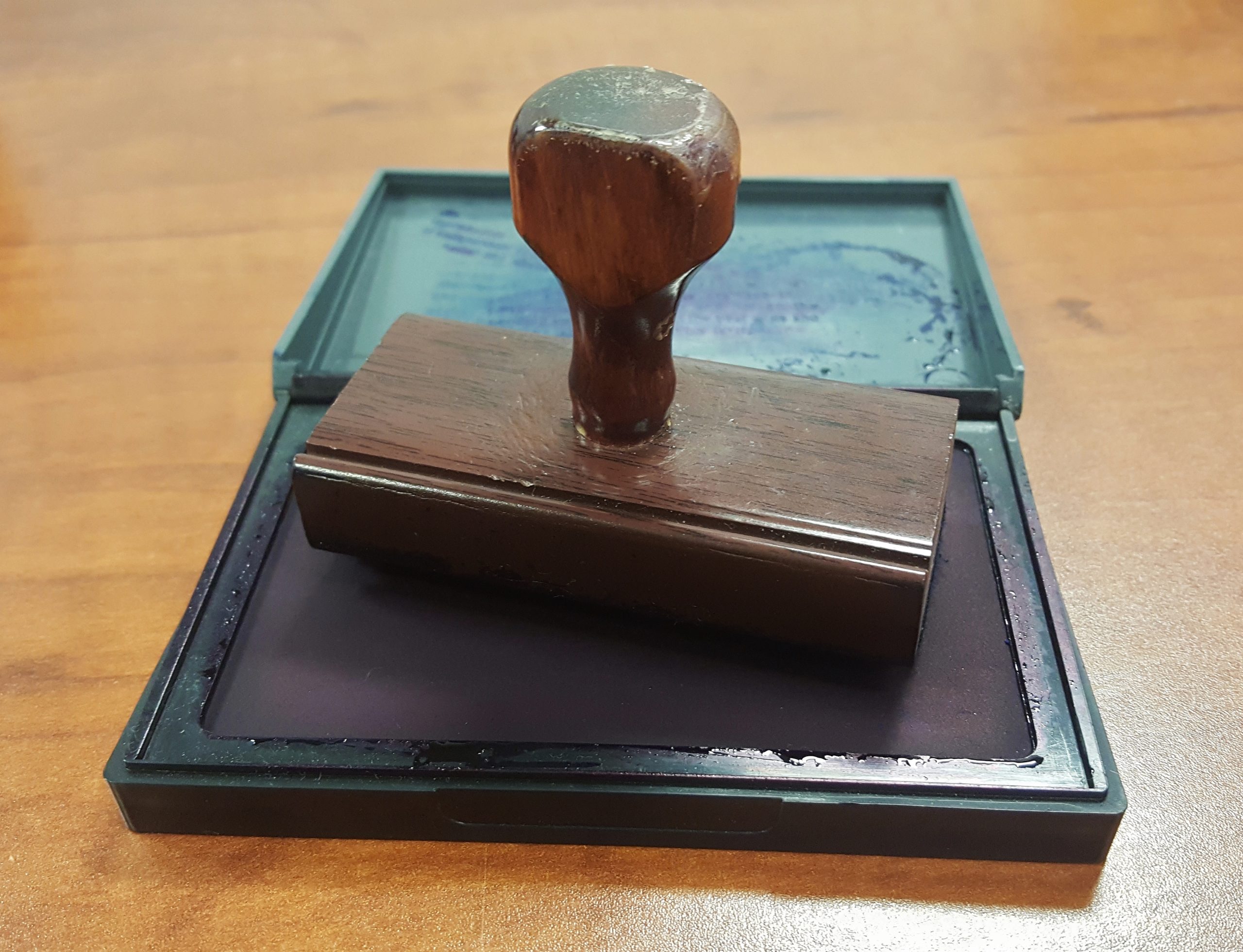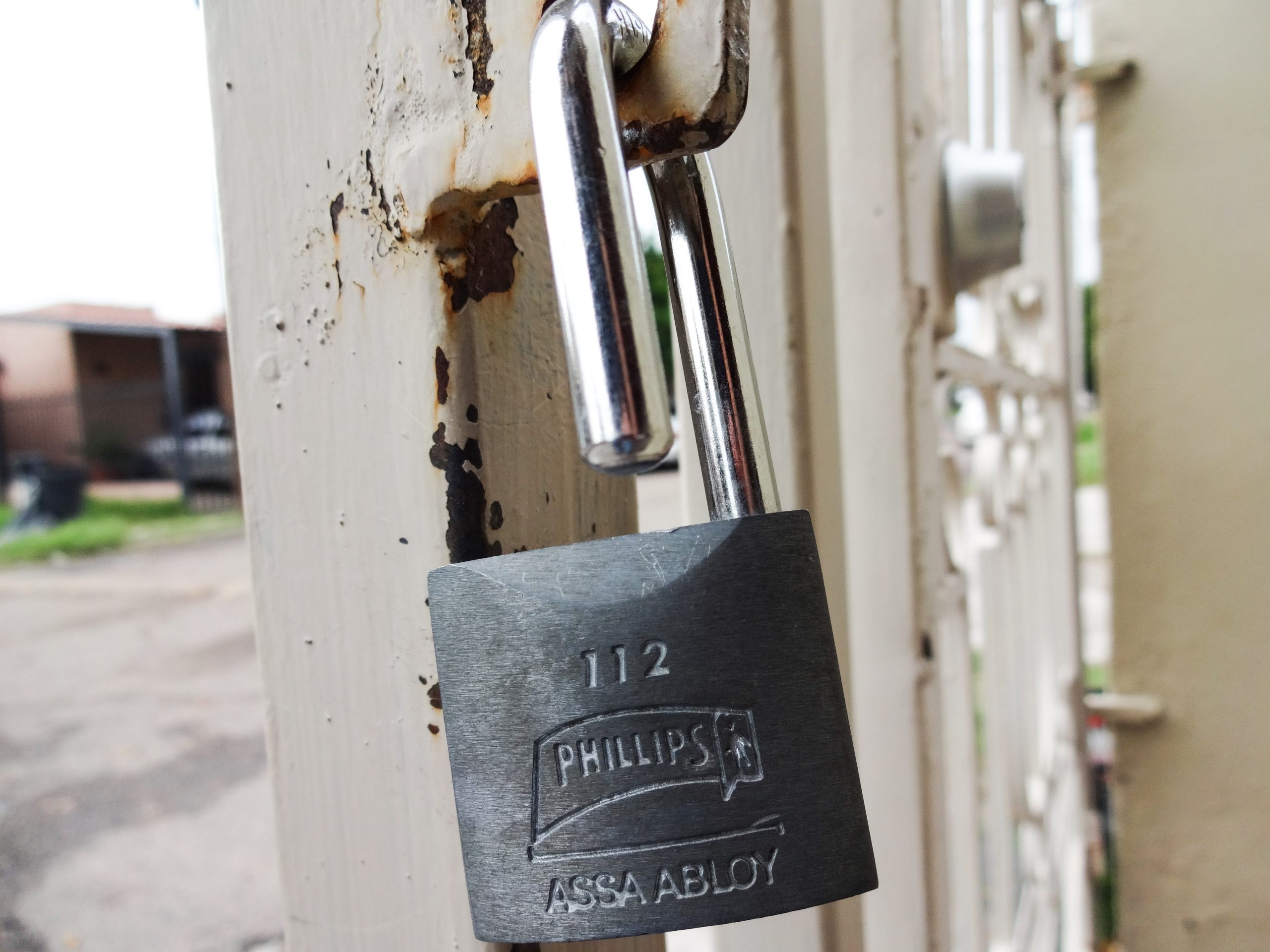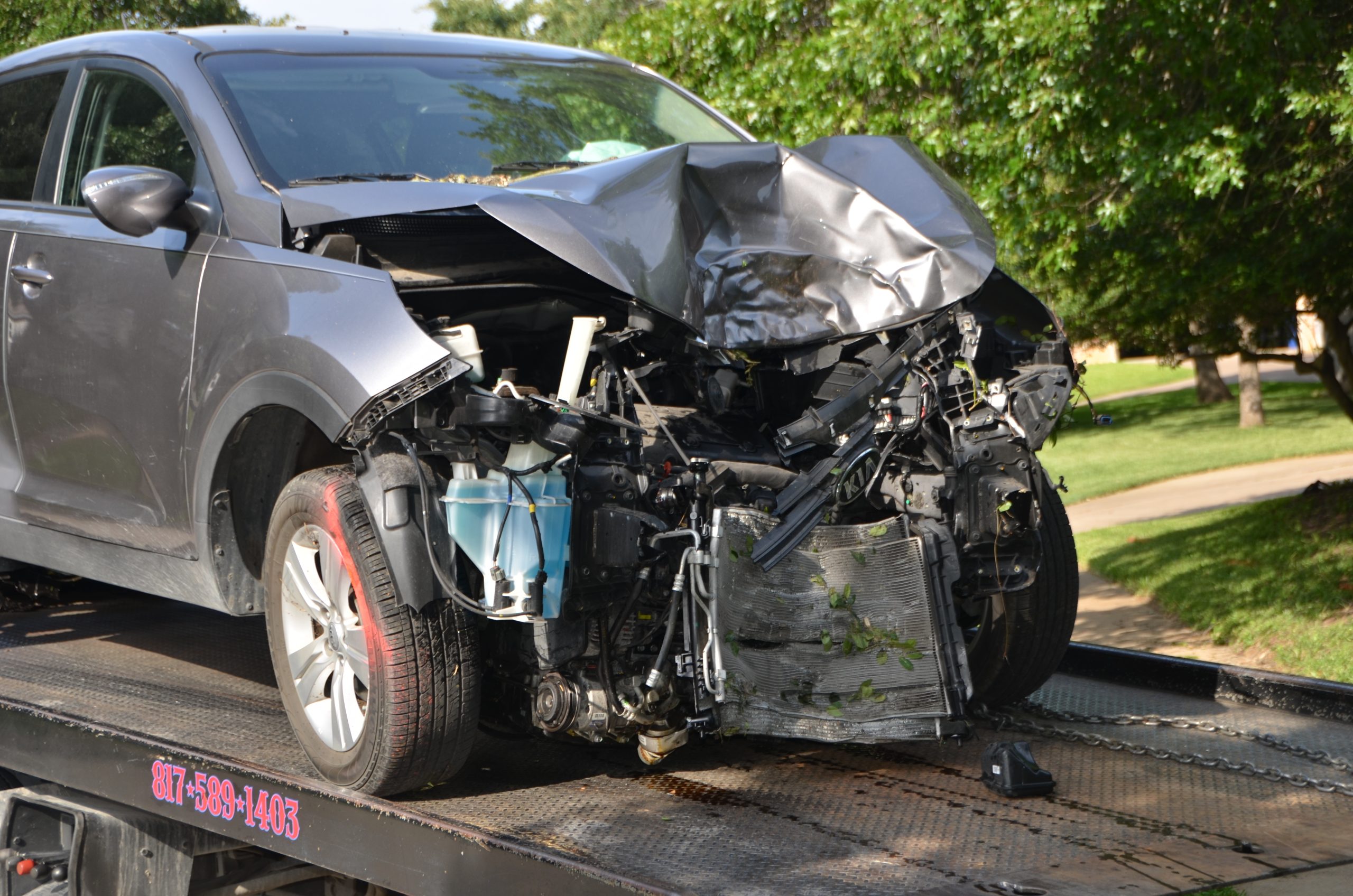 Anyone involved in a lawsuit knows that litigation can take months or even years to resolve. Though courts try to expedite the process, the parties involved are also responsible for moving the case forward expediently. If the plaintiff in a lawsuit files a complaint and fails to take further action for a certain amount of time, the defendant may file a motion to dismiss on the grounds of abandonment. The case below is an example of how the abandonment of a lawsuit by the plaintiff resulted in the dismissal of the action.
Anyone involved in a lawsuit knows that litigation can take months or even years to resolve. Though courts try to expedite the process, the parties involved are also responsible for moving the case forward expediently. If the plaintiff in a lawsuit files a complaint and fails to take further action for a certain amount of time, the defendant may file a motion to dismiss on the grounds of abandonment. The case below is an example of how the abandonment of a lawsuit by the plaintiff resulted in the dismissal of the action.
Deborah Allen was an employee of the Louisiana Department of Social Services (“LADSS”). On February 2, 2007, she was riding as a passenger in a LADSS vehicle struck from behind by a car driven by Matthew Humphrey. Allen filed a lawsuit against Humprey and his automobile insurer, Imperial Fire and Casualty Insurance Company, seeking compensation for the injuries she received in the crash. Shortly after that, Louisiana’s Division of Administration, Office of Risk Management (“ORM”) filed a petition of intervention, seeking reimbursement from the defendants for workers’ compensation payments made to Allen. You can think of an intervenor as being a replacement or substitute plaintiff in an action who has a related claim against the defendants.
Because Humphrey was underinsured, Allen filed a lawsuit against LADSS. However, LADSS claimed that it had no underinsured motorist coverage and that Allen was only entitled to workers’ compensation from LADSS. LADSS was successful in securing a dismissal of Allen’s lawsuit. In early 2013, Allen and LADSS settled Allen’s workers’ compensation claims. On February 8, 2013, Humphrey and Imperial Fire filed a motion to reduce the jury bond, which is money to procure a jury. In 2014, Humphrey and Imperial Fire sent a settlement letter to Allen, but neither Allen nor the ORM responded to the letter. In 2016, Humphrey and Imperial Fire filed a motion to dismiss Allen’s lawsuit on the grounds of abandonment. After the trial court granted the defendants’ motion, ORM appealed.
 Insurance Dispute Lawyer Blog
Insurance Dispute Lawyer Blog



 Getting fired from a job can be devastating for anyone, and getting fired from a job unjustly is even worse. You may believe that if you are wrongfully terminated, you are entitled to all the costs, including attorney’s fees, that you incur in any legal action you take against your employer. However, the law is not always based on our notions of what is fair, as one resident of Plaquemines Parish learned in her efforts to get her job back.
Getting fired from a job can be devastating for anyone, and getting fired from a job unjustly is even worse. You may believe that if you are wrongfully terminated, you are entitled to all the costs, including attorney’s fees, that you incur in any legal action you take against your employer. However, the law is not always based on our notions of what is fair, as one resident of Plaquemines Parish learned in her efforts to get her job back.  Losing a loved one is an obviously devastating experience. Possessions left to the surviving family members cannot take the grief away but can prohibit an entire upheaval for the survivors. It is critical that an excellent attorney drafts the will and handles the probate process for the sake of those survivors.
Losing a loved one is an obviously devastating experience. Possessions left to the surviving family members cannot take the grief away but can prohibit an entire upheaval for the survivors. It is critical that an excellent attorney drafts the will and handles the probate process for the sake of those survivors.  Does a physician’s use of differential diagnosis raise a medical malpractice issue in Louisiana? That question is at the center of a recent medical malpractice case out of Lake Charles. The Louisiana Third Circuit Court of Appeal addresses liability attached to a method of clinical diagnosis known as a differential diagnosis.
Does a physician’s use of differential diagnosis raise a medical malpractice issue in Louisiana? That question is at the center of a recent medical malpractice case out of Lake Charles. The Louisiana Third Circuit Court of Appeal addresses liability attached to a method of clinical diagnosis known as a differential diagnosis.  What happens when the same wrongdoer injures several people? Typically, in cases like this, the court may consolidate the actions to promote the efficient use of judicial resources. However, these cases may be complex and lengthy and require expert testimony, as exemplified by the following lawsuit out of Lake Charles, Louisiana.
What happens when the same wrongdoer injures several people? Typically, in cases like this, the court may consolidate the actions to promote the efficient use of judicial resources. However, these cases may be complex and lengthy and require expert testimony, as exemplified by the following lawsuit out of Lake Charles, Louisiana.  Car accident cases often involve conflicting stories from each person involved, as no one generally wants to admit fault. When these cases get brought to court, the court must decide which party is telling the truth. The following case examines how a court determines the credibility of two individuals involved in a motor vehicle accident in Caddo Parish.
Car accident cases often involve conflicting stories from each person involved, as no one generally wants to admit fault. When these cases get brought to court, the court must decide which party is telling the truth. The following case examines how a court determines the credibility of two individuals involved in a motor vehicle accident in Caddo Parish.  Before purchasing motor vehicle insurance, it is vital to fully understand what the policies will cover. For instance, some policies may not cover your medical bills if you were involved in a single-vehicle accident. Understanding what is covered and what is not may help you avoid legal action in the future.
Before purchasing motor vehicle insurance, it is vital to fully understand what the policies will cover. For instance, some policies may not cover your medical bills if you were involved in a single-vehicle accident. Understanding what is covered and what is not may help you avoid legal action in the future. Although car accidents are common, they are still stressful. When you suffer a medical injury from an accident, you must have evidence to prove your injuries. One way to do so in Louisiana is using the “Housley” causation presumption. The following case helps answer the question, what exactly is the “Housley” presumption?
Although car accidents are common, they are still stressful. When you suffer a medical injury from an accident, you must have evidence to prove your injuries. One way to do so in Louisiana is using the “Housley” causation presumption. The following case helps answer the question, what exactly is the “Housley” presumption? It is always difficult when you lose a job. But it can be even more difficult if you feel you were unfairly fired. If you find yourself in this situation, consider what legal options are available. This is the situation Christine Simpson found herself in after being fired from her job as a production technician in Canton, Mississippi.
It is always difficult when you lose a job. But it can be even more difficult if you feel you were unfairly fired. If you find yourself in this situation, consider what legal options are available. This is the situation Christine Simpson found herself in after being fired from her job as a production technician in Canton, Mississippi. Imagine going shopping at your local Wal-Mart or other store and slipping and falling because there is standing water. You might think you can recover from the store for your injuries. However, simply showing that you slipped and fell is not enough to win in court. Rather, you must present sufficient evidence about the store’s involvement and knowledge of the unsafe conditions.
Imagine going shopping at your local Wal-Mart or other store and slipping and falling because there is standing water. You might think you can recover from the store for your injuries. However, simply showing that you slipped and fell is not enough to win in court. Rather, you must present sufficient evidence about the store’s involvement and knowledge of the unsafe conditions.